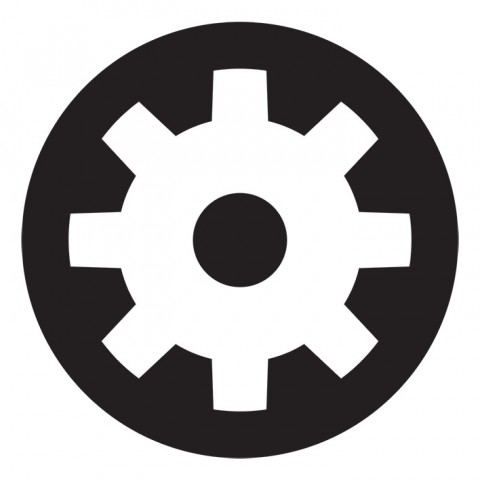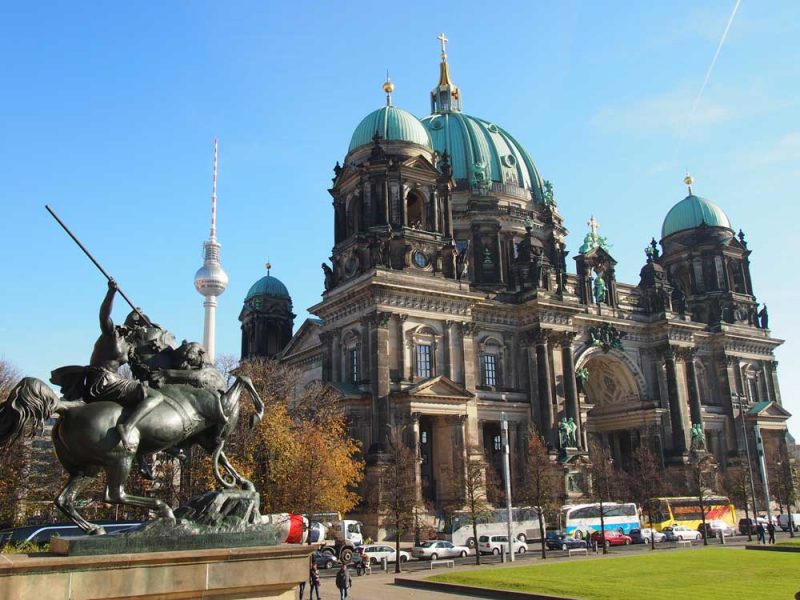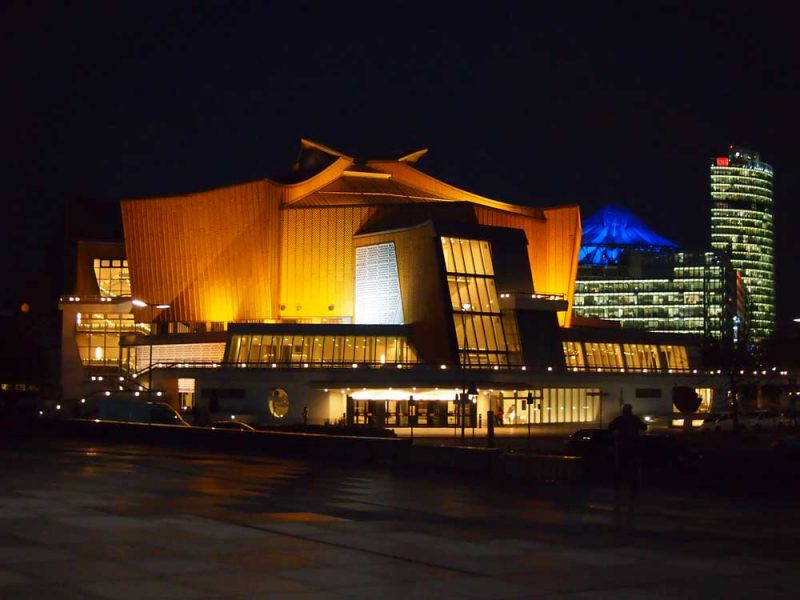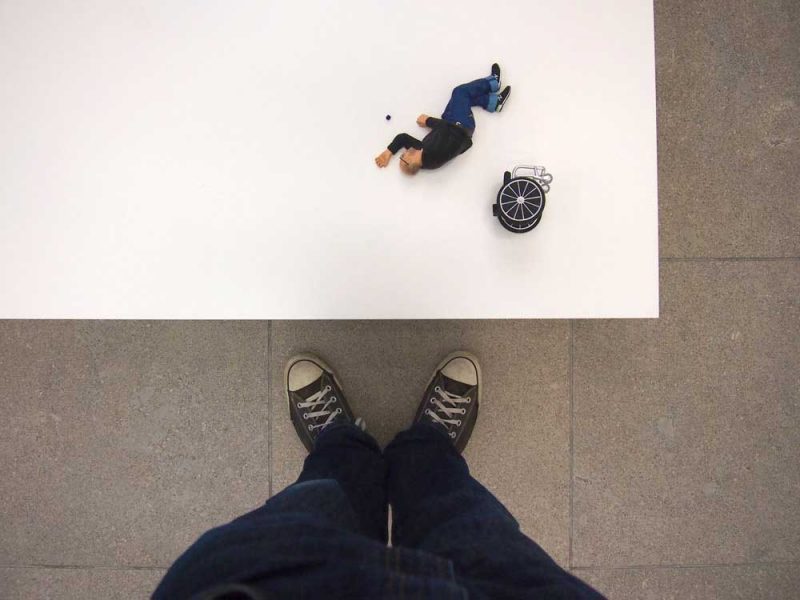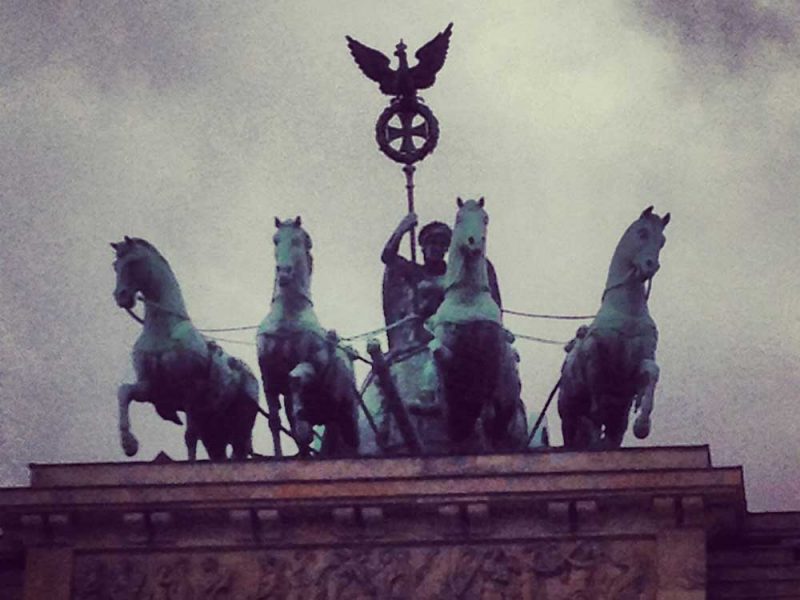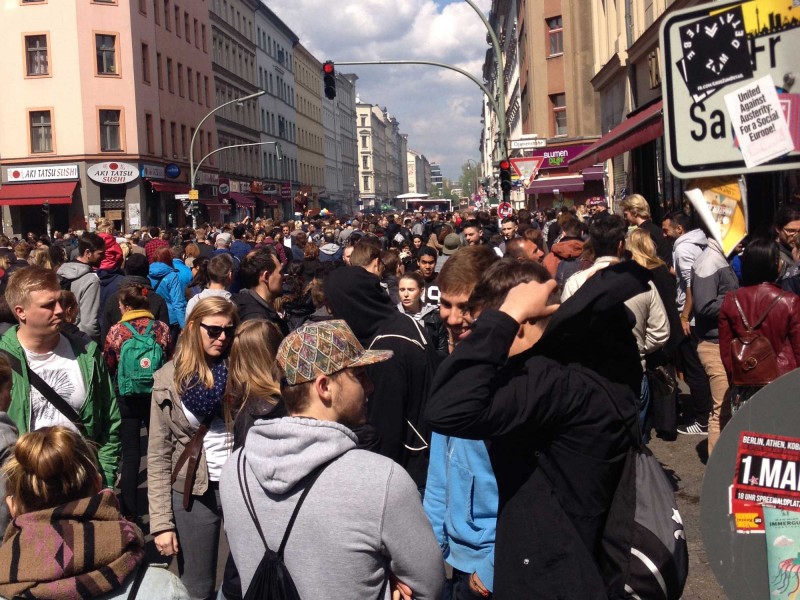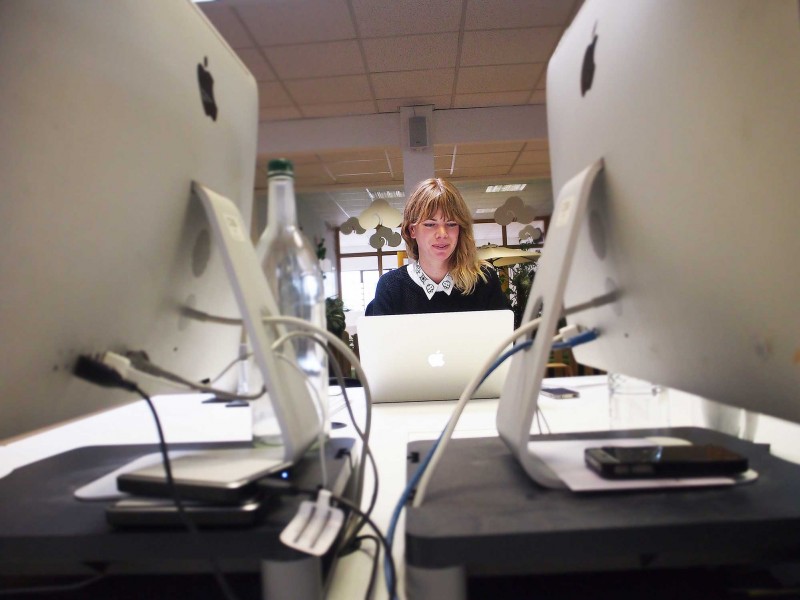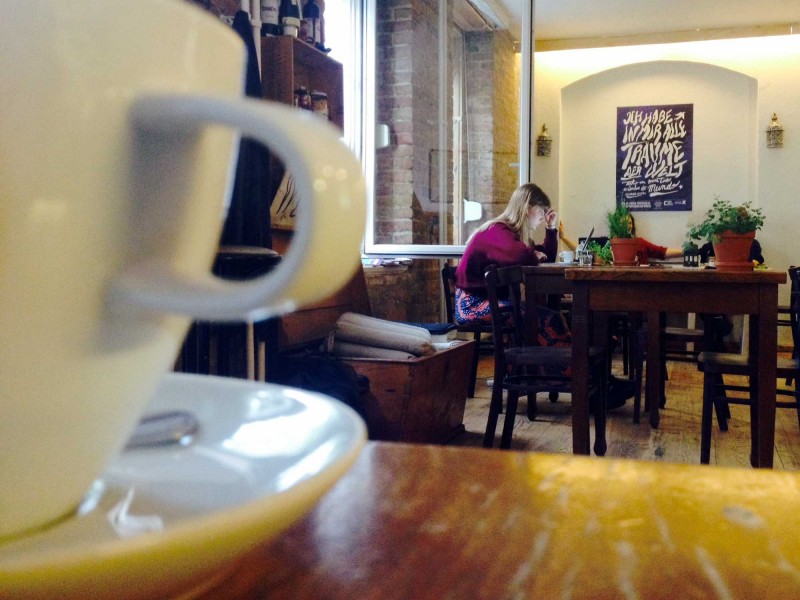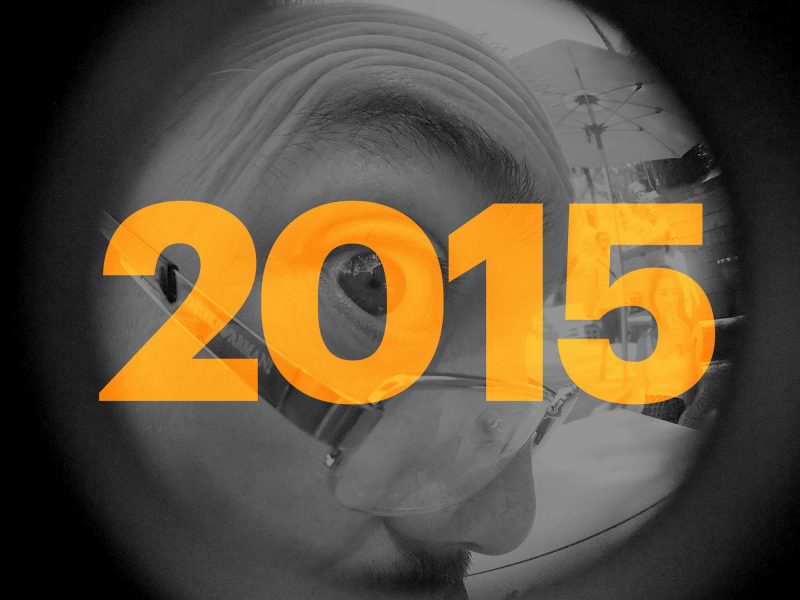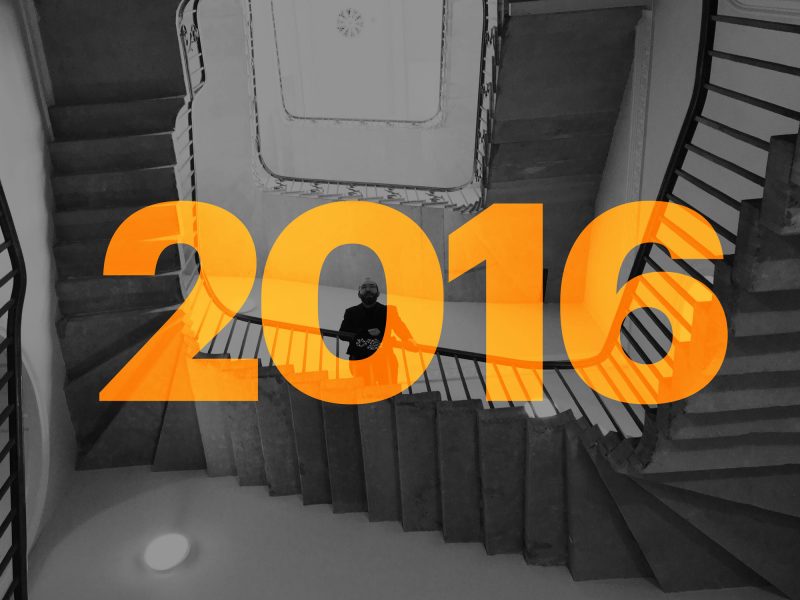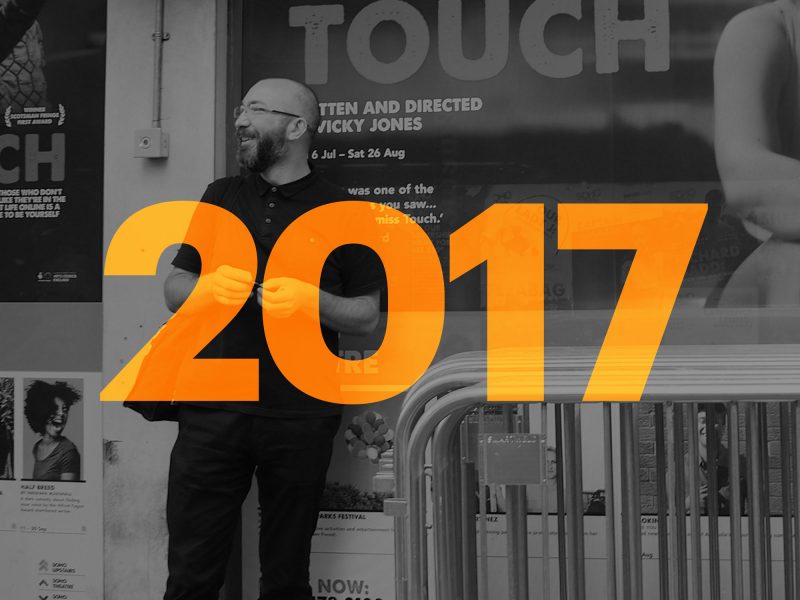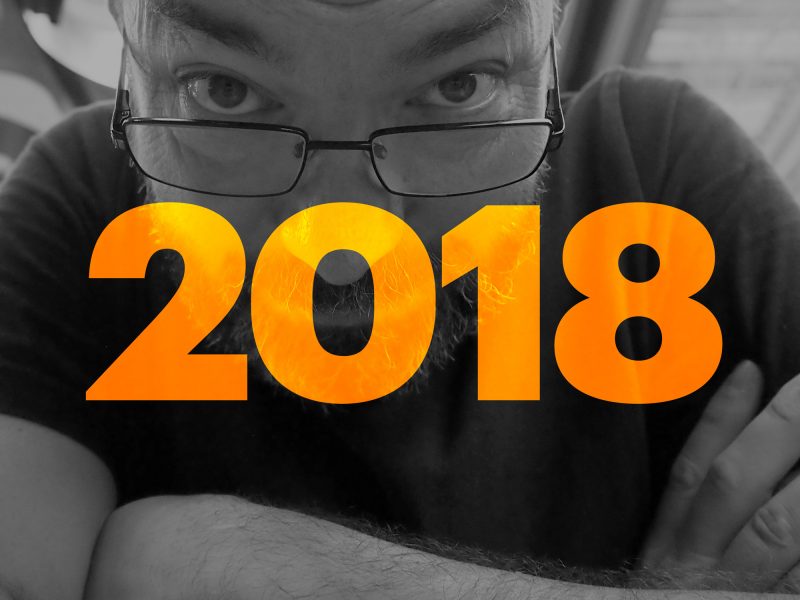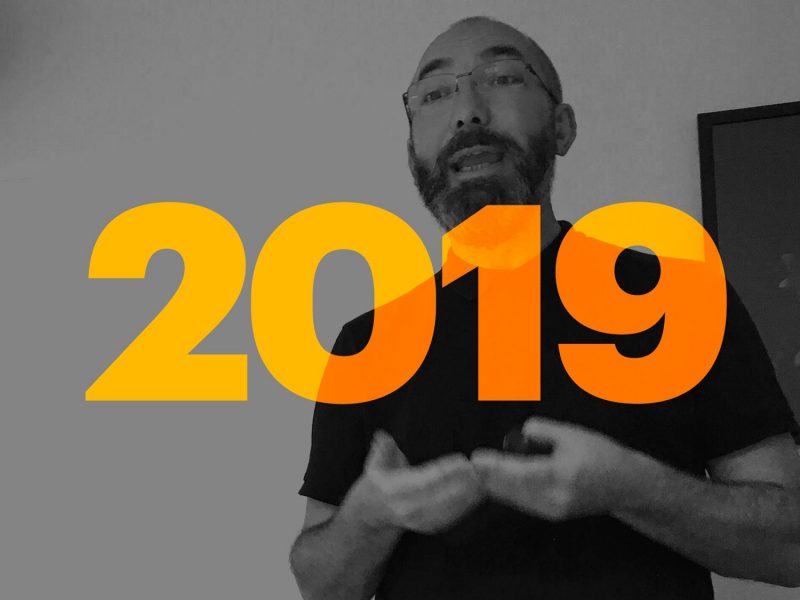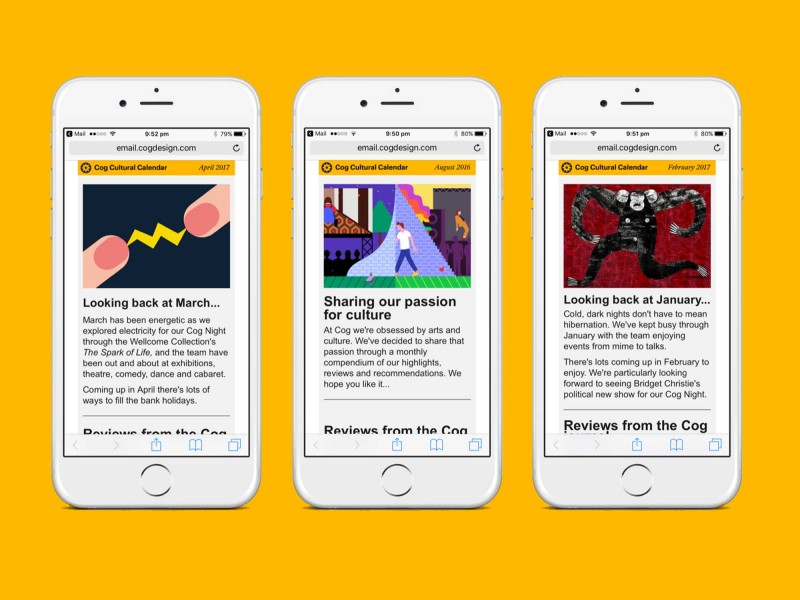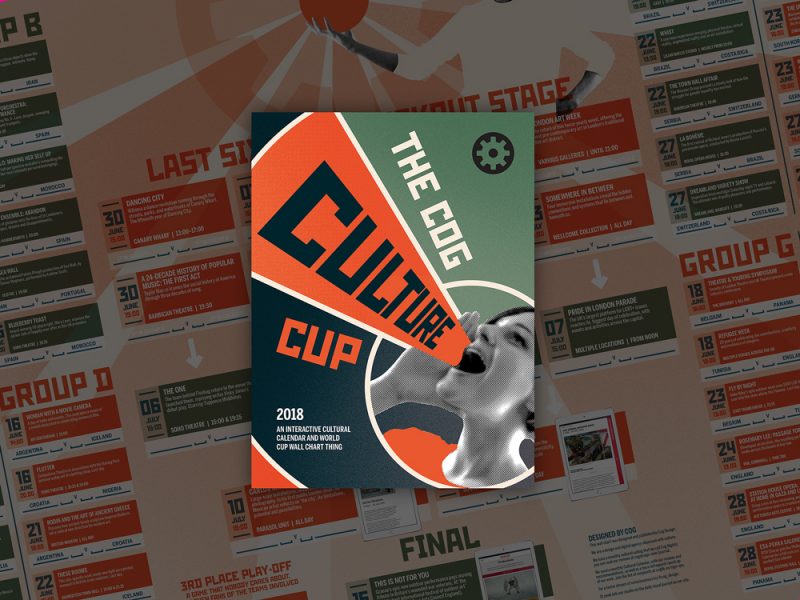Day two of a week of cultural tourism in Berlin.
Cultural Berlin – Day 2
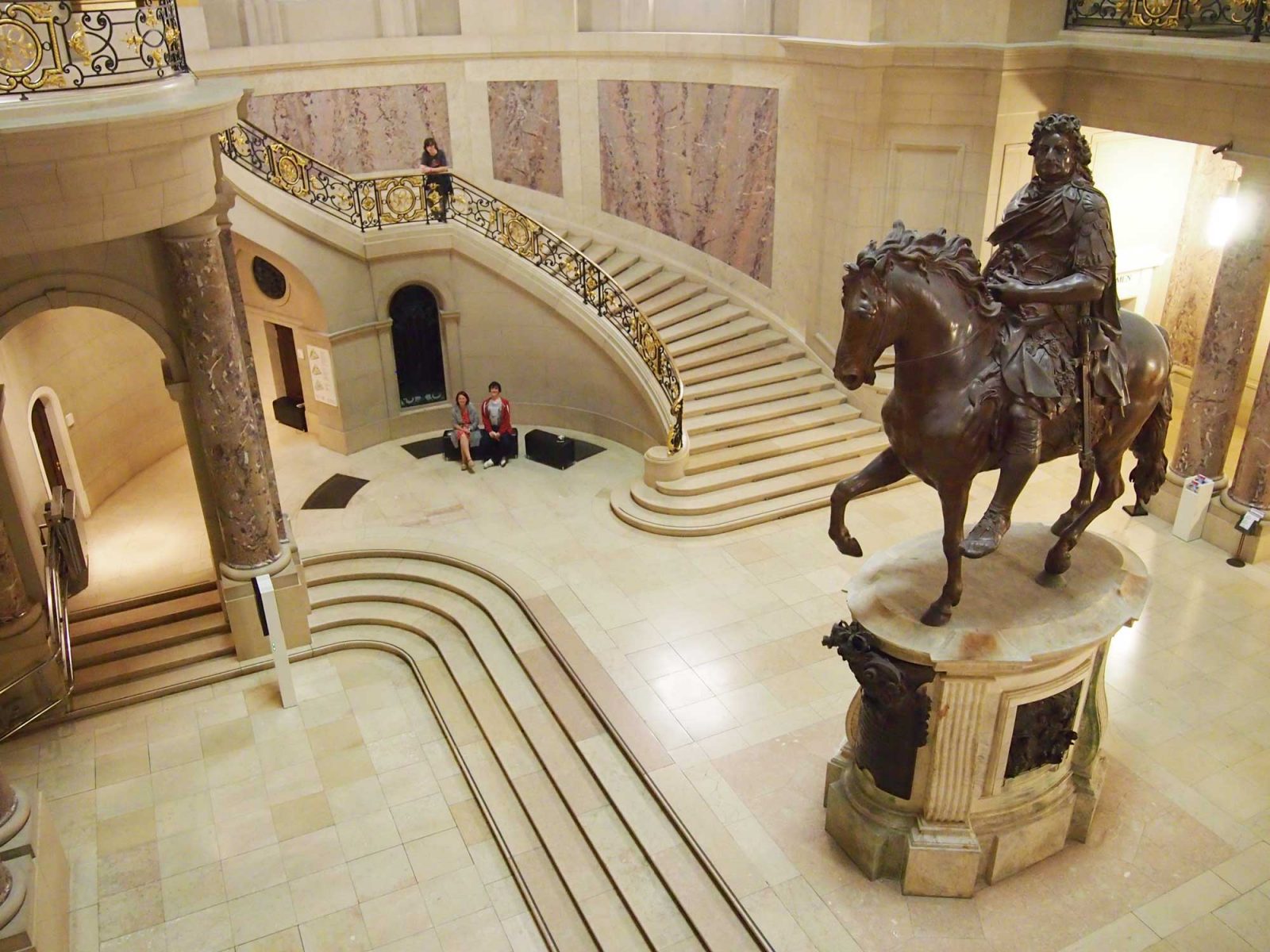
We devoted day two to Museum Island. Well, we didn’t, we began the day with a long walk East, to the Computer Spiele Museum, but when we got there we found it is closed on Tuesdays. Then we did the long walk back and on to Museum Island.
There are tales of people rallying behind the reconstruction plans, gathering rubble, by hand, in huge collection points to clear the post war devastation. Enormous Stalin era apartment blocks, built for the people, line the road, covered with ceramic tiles with motifs of food and production.

The area has an enormous cinema and once housed a huge sports stadium (which had to be torn down because it was so poorly built). But plans to build great museums and cultural institutions were pared down due to lack of funds.
In 1961, the process of De-Stalinisation saw the overnight removal of a gigantic statue of the leader, and the renaming of the Allee. The areas freed up with the missing statue and torn down stadium were in-filled by more flats from leading modernist architects.
Despite becoming run-down and tatty, Karl-Marx-Allee continued to be important to the GDR as the venue for their parades of power and strength right up until the collapse of the Soviet empire.
After the long walk we found ourselves back in front of the Berliner Dom which marks the entrance to Museum Island (Museumsinsel), an arrow shaped collection of neoclassical buildings, built between two branches of the river Spree.
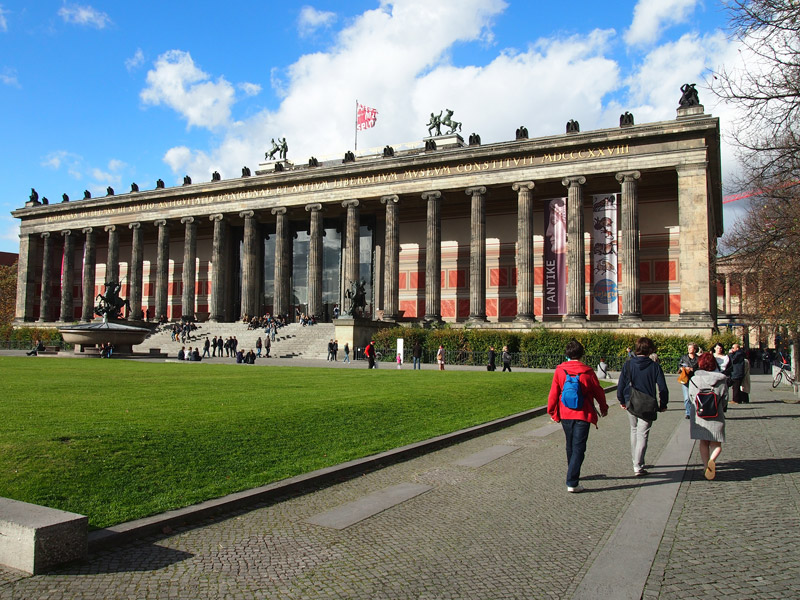
Museum Island feels like a grand experiment (along the lines of those started by Victoria and Albert) that might never be finished. A Unesco World Heritage site, the area contains a park, the ‘cathedral’, several grand museums and palaces with plans for at least one other large-scale museum (being built by David Chipperfield). The plan seems to be that each building will house a period of history, with the whole site covering the history of pre-20th Century Western art.
When we were there, the whole area was a building site. I suspect that, to some extent, it has been in a perpetual state of construction since the first building work started in 1797. Grand remodelling meant our entrance was blocked or circuitous but once inside, all of the buildings were magnificent. We managed three museums in the day.
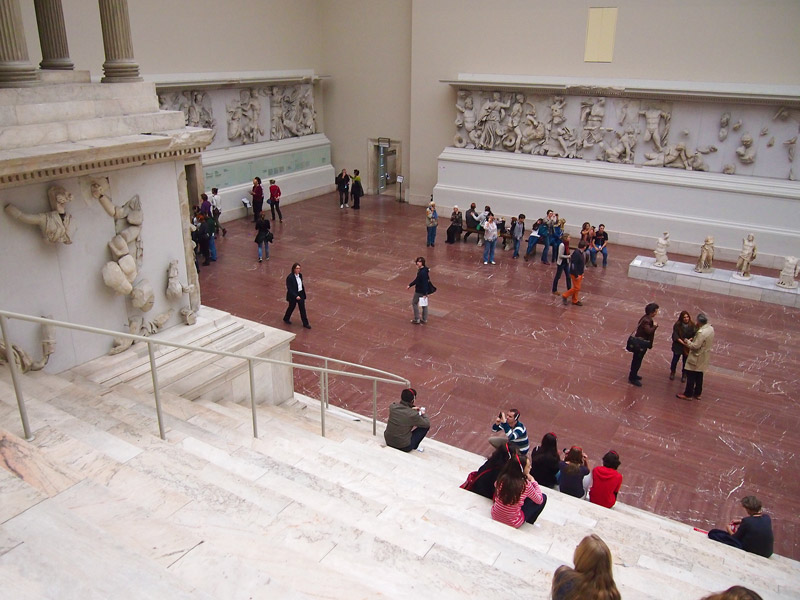
We wandered into the first entrance we came across; it was the Pergamon Museum. The first room (actually a one of three wings to the museum) is a recreation of an alter from the ancient city of Pergamon in Asia Minor, forget the Elgin Marbles, this museum has the entire temple, friezes, busts, columns, marbles, everything.
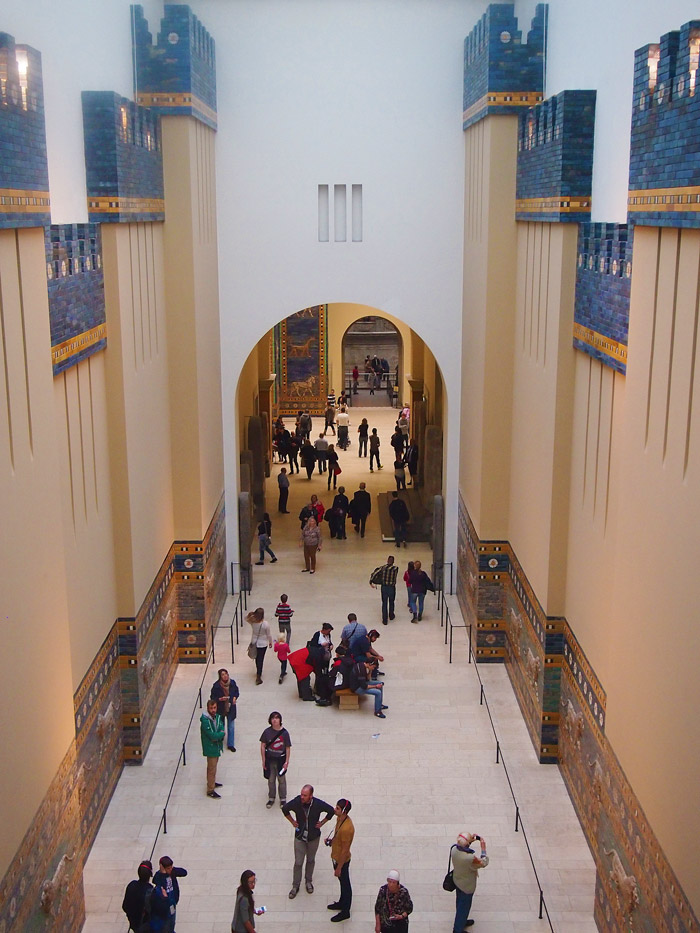
The next wing in a monumental reconstruction of the procession way to Babylon (Iraq), along with the temple gates. I’ve seen collections of Babylonian friezes in other museums but the sheer scale of this took my breath away.
The final wing contains a collection of Islamic art. It is incredible that this was the least impressive wing, despite containing some of the most beautiful treasures of the Islamic world, including a whole reception room from ancient Aleppo (Syria).
More than a little shell-shocked we left the Pergamon and went next door to the Bode Museum.
The Bode (renamed in 1956 after its first curator) is an odd juxtaposition of European sculpture, Byzantine art and a large numismatic (coins and medals to you and me) collection. It reopened in 2006 after a decade of renovation and remodelling. The building is breathtaking.
The collection of sculpture is the focus of the museum. It is best described as comprehensive, a little too comprehensive for my tastes. I’m sure that, from an academic perspective, it is wonderful to see many multiples of every style of bust and pose but by the forth or fifth room full of floating heads, my 16 year old son and I were making up our own stories to enhance the experience.
The Byzantine collection was quite the opposite, it felt like a fraction of a collection that skimmed the surface of the subject. Perhaps I was expecting too much, based on the previous museum or on trips to other museums (the Byzantine and Christian Art museum in Athens is one of the best museums I’ve ever visited).
I have to admit, we skipped the Numismatic collection. We’d been to a coin museum in Berlin’s sister city, Cologne, last year so we’d had our fill of little silver disks.
Onto our final museum of the day, The Neues Museum. Perhaps the best lesson of the day is to always resist the temptation to name a something ‘new’ because that title is soon redundant. 175 years later, it just sounds silly.
The building was closed from WWII and only reopened in late 2009. The ‘new’ new museum was completed by David Chipperfield who has tried to balance a respect for the 19th Century desire for ornamented interpretation with modern sensibilities for letting the viewer interpret the exhibits.
The guides describe the museum as a sweeping overview of prehistoric cultures in Europe and its neighbouring regions. That’s exactly what it was, sweeping and general. There were bits of Ancient Egypt, some Greeks, Romans, Stone Age, Bronze Age, Pre-Christian, Christian, odds and ends from four thousand years of history.
Most interesting to me was to see how German sensibilities had shaped those stories and put their weightings on historical context but that wasn’t enough to hold attention for long. This didn’t feel like a world beating collection, despite a few stand-out exhibits.
It was a slightly flat end to a great day. I’m pleased that we spent most of it in the incredible Pergamon.


